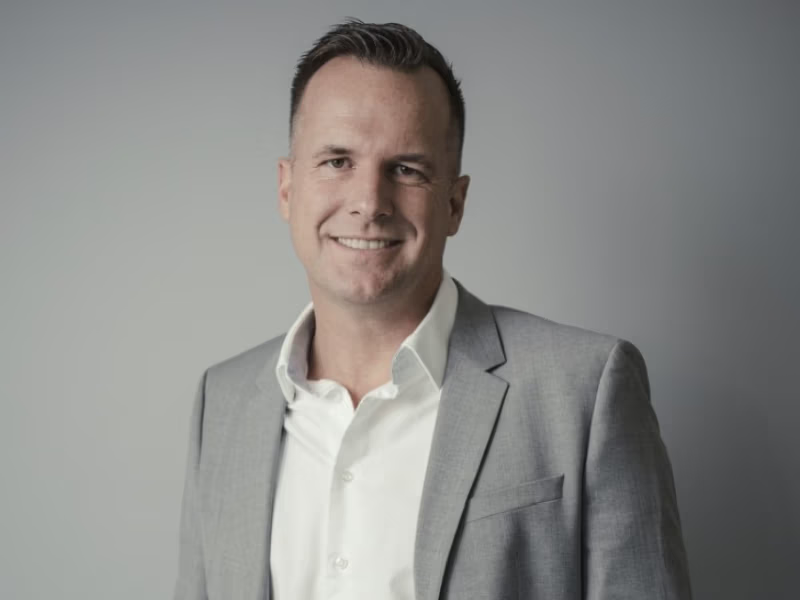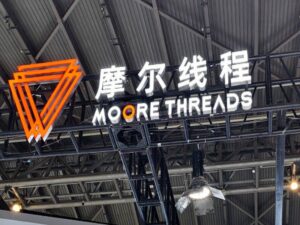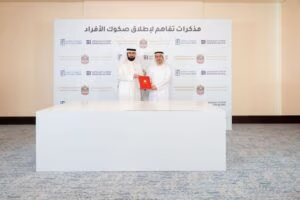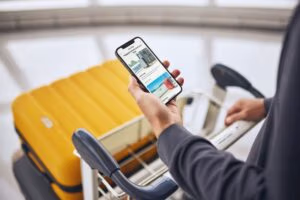For founder and owner of SunMoney, Gabor Eisenbart, parenthood changed everything. The birth of his first child scintillated a desire, as deep as to build something enduring for future generations in this overly ambitious world.
Around 2011, Gabor and along with his few friends realized that while solar power offered stable, predictable returns and climate impact, investment was limited to institutions.
“Why should only institutional investors benefit from such a crucial solution to our climate crisis?” he asked.
He then began discussing how renewable energy, specifically solar power, could offer a tangible way to combat climate change. “We saw solar panels as not just a technology, but a gateway to environmental responsibility and economic stability. However, what we encountered was a closed system; renewable energy investment was inaccessible to those without significant capital or insider knowledge.”
This question became the cornerstone of SunMoney’s Community Solar Program, which now empowers 50,000+ investors across 60 countries to co-own solar assets and earn yields from day one.
“Our program proves that people from all walks of life want to be part of the green revolution – not just as consumers, but as stakeholders. It’s about giving people agency in climate action and creating a direct line between everyday investment and planetary good,” Eisenbart shared.
When SunMoney launched its first SDBN1 token in 2022, it faced uncertainty around the regulation of asset-backed cryptocurrencies. Responding proactively, the team based operations in Dubai under VARA regulation, ensured clarity and compliance.
According to Peter Bahorecz, Partner and Chief Networking Officer, the SDBN2 token – world’s first Community Solar Plant Program token anchors real infrastructure with consistent monthly payouts, blending traditional finance security with digital innovation.
There were widespread misunderstandings about what asset-backed tokens even represented – many lumped them in with speculative crypto assets, despite the fact that our tokens are tied directly to operational, revenue-generating solar power plants.
Peter noted, “Our goal was clear from the start: create a fully transparent, utility-focused token system underpinned by real-world green infrastructure. To achieve that, we adopted a cooperative approach with regulatory authorities. We made the deliberate decision to base our operations in Dubai, specifically to come under the jurisdiction of VARA (Virtual Assets Regulatory Authority). VARA has taken proactive steps to engage with responsible innovators in the Web3 space, and this alignment helped us build a compliant, transparent model.”
He added, “Today, our tokens—SDBN1, SDBN2, and SDBN3—offer monthly payouts and are anchored in physical energy infrastructure. They represent a stable bridge between the security of traditional finance and the innovation of digital assets. Regulatory clarity is still evolving, but we’ve stayed ahead by committing to integrity, education, and technological rigor.”
Zoltan Rendes, Partner and Chief Marketing Officer, emphasized that SunMoney isn’t about faceless investors; it’s about building a community.
Gabor further asserted that Dubai offered his team something “rare”, which he called a “dynamic intersection of global finance, regulatory foresight, and sustainability ambition.”
“From the outset, it was clear the UAE wasn’t just playing catch-up in the green transition, it was aiming to lead. The government’s 2030 vision aligns closely with our own: integrating sustainability, innovation, and inclusive investment into a cohesive national strategy,” he added.
Basing SunMoney in Dubai allowed him and the team to access a sophisticated investment ecosystem, a forward-thinking regulatory environment through VARA, and a region abundant in solar resources. As per Eisenbart, the UAE understands that the future of energy isn’t only about supply, it’s about who controls that supply and how profits and impact are distributed.
“We shaped our business model accordingly. SunMoney’s platform was built to be scalable, compliant, and inclusive. Whether it’s our tokenized solar assets or our zero-emission tire recycling initiative, every aspect of our model speaks to this confluence of innovation and purpose. And as the UAE continues to position itself as a green technology hub, we see SunMoney playing a pivotal role in that narrative—one project, one token, and one community at a time,” he explained.
For Eisenbart, the community isn’t just an audience. “They’re co-investors, co-owners, climate contributors,” he added. From multilingual education modules to transparent token features and the SunMoney Mastercard, the platform is designed to be human-centric, not just tech-savvy.
The next frontier? Africa. “We’re preparing an integrated project that combines solar microgrids with tire recycling and tokenized returns. It’s not just sustainability, it’s regenerative finance in action.”
With ESG priorities rising in the Gulf and asset-backed tokens gaining credibility, Eisenbart sees SunMoney positioned at a global inflection point. “Green finance isn’t a niche anymore. It’s becoming the foundation of future-proof portfolios.” As he concluded, he shared, “We don’t just generate energy, we generate agency.”






